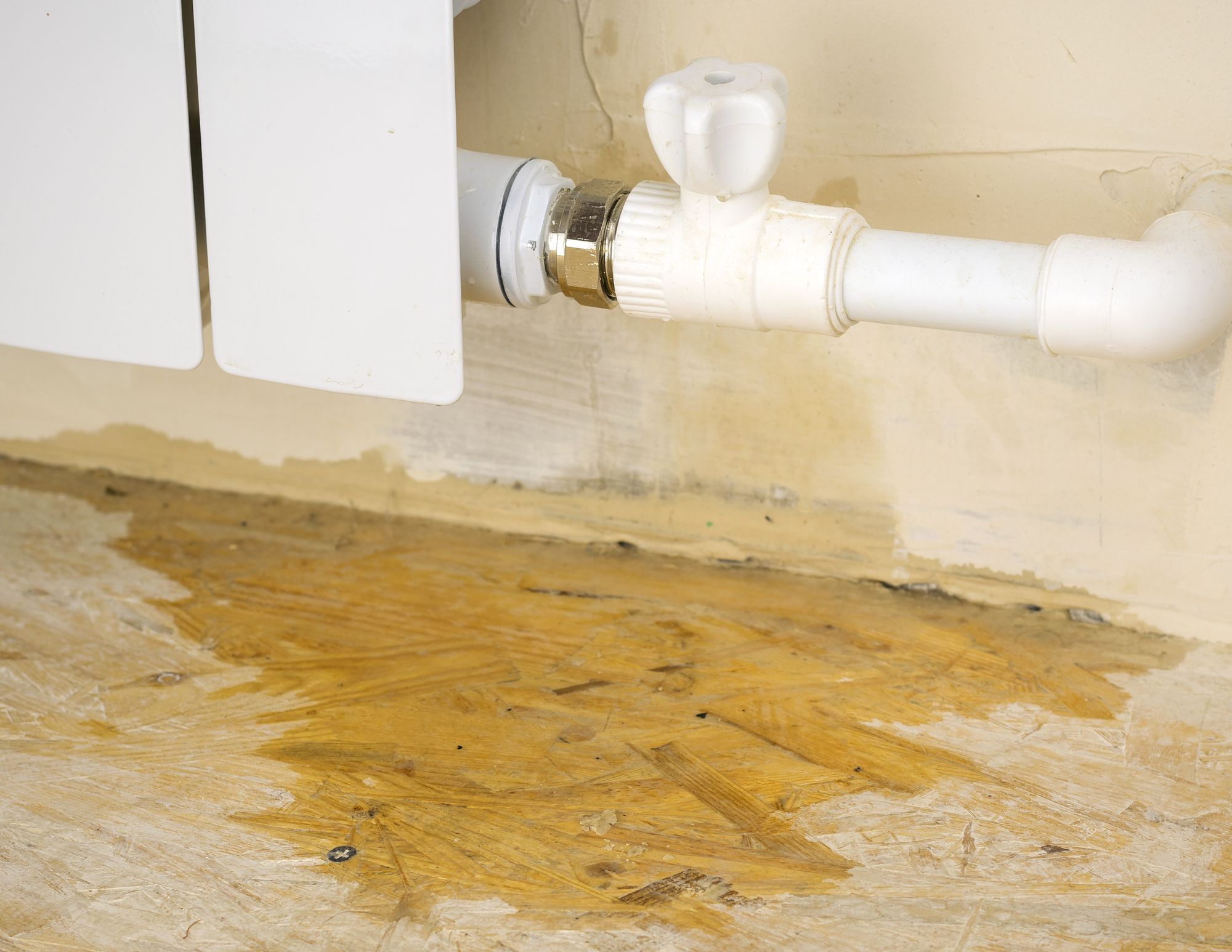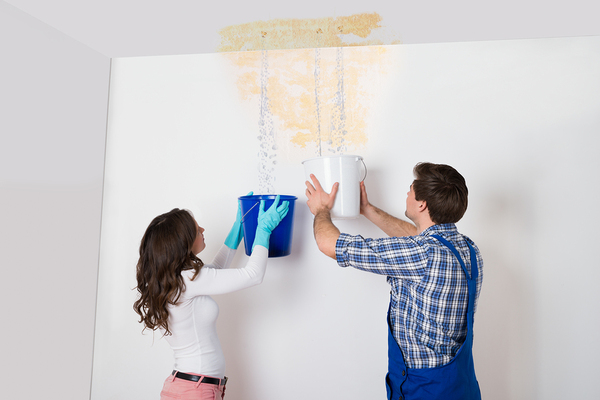The article author is making a number of great points on How to Find Water Leaks overall in the content directly below.

Leakages not only create waste of water yet can additionally create unneeded damage to your house and advertise unwanted organic growth. Water leakages could go unnoticed considering that most of the pipework in our residence is hidden. By looking and recognizing for everyday circumstances that cause leaks, you can protect your residence from future leaks and also unnecessary damage. Today, we will take a look at six leak causes that may be causing your pipelines to drip.
Instant temperature level changes.
Extreme temperature level changes in our pipes can cause them to increase and get all of a sudden. This growth and contraction may create fractures in the pipelines, especially if the temperature level are below freezing. If you maintained an eye on just how your plumbing works, it would be best. The visibility of the formerly mentioned situations often shows a high threat.
Corroded water supply
This might be the reason of discoloration or warping on your water pipes. If our plumbing system is old, think about changing the pipelines given that they are at a greater risk of rust than the more recent models.
Defective Pipe Joints
The point at which your pipelines link is often the weakest link in the waterline. Pipeline joints can weaken with time, causing water leakages. Regrettably, the majority of pipeline joints are not easily noticeable. If you have noisy pipes that make ticking or banging sounds, particularly when the hot water is activated, your pipeline joints are possibly under a lot of stress. It is a good idea to have your plumber examine your system annually.
Encroaching roots
A lot of water leakages start outside your home rather than inside it. If you notice a sudden decrease in water stress, say in your faucet, require time to head out as well as examine your yard. You may see wet spots or sinkholes in your backyard, which might mean that tree roots are invading water lines triggering water to permeate out. You can have your plumber look for intrusion, especially if you have trees or hedges near your home.
Poor Water Connectors
At times, a leak can be created by loose tubes as well as pipelines that supply your appliances. In situation of a water links leak, you may see water running directly from the supply line or pools around your appliances.
Clogged Drains
Obstructed drains could be annoying as well as inconveniencing, but they can occasionally wind up creating an overflow resulting in burst pipelines. Keep getting rid of any kind of products that might decrease your drains that can block them to avoid such inconveniences.
All the above are sources of leakages yet not all water leakages result from plumbing leaks; some leaks could come from roofing leakages. All leakages need to be repaired immediately to prevent water damages.
Leaks not only trigger waste of water yet can also create unnecessary damage to your residence as well as promote unwanted organic growth. By understanding and also looking for everyday scenarios that cause leakages, you can safeguard your residence from future leaks and also unnecessary damages. Today, we will certainly look at six leakage creates that may be creating your pipes to trickle.
At times, a leakage can be caused by loose pipes and also pipes that supply your home appliances. In situation of a water links leak, you might see water running straight from the supply line or puddles around your home appliances.
How To Check For Water Leak In Your Home
How To Check for Leaks
The average household's leaks can account for nearly 10,000 gallons of water wasted every year and ten percent of homes have leaks that waste 90 gallons or more per day. Common types of leaks found in the home are worn toilet flappers, dripping faucets, and other leaking valves. These types of leaks are often easy to fix, requiring only a few tools and hardware that can pay for themselves in water savings. Fixing easily corrected household water leaks can save homeowners about 10 percent on their water bills.
To check for leaks in your home, you first need to determine whether you're wasting water and then identify the source of the leak. Here are some tips for finding leaks:
Take a look at your water usage during a colder month, such as January or February. If a family of four exceeds 12,000 gallons per month, there are serious leaks.
Check your water meter before and after a two-hour period when no water is being used. If the meter changes at all, you probably have a leak.
Identify toilet leaks by placing a drop of food coloring in the toilet tank. If any color shows up in the bowl after 10 minutes, you have a leak. (Be sure to flush immediately after the experiment to avoid staining the tank.)
Examine faucet gaskets and pipe fittings for any water on the outside of the pipe to check for surface leaks.
Undetected water leaks can happen without the home or business owner even realizing. If you suspect a water leak, but not able to find the source. It is time to contact a professional water leak detection service, The Leak Doctor.
How To Find a Water Leak In Your Home
https://www.leakdoctor.com/blog/How-To-Check-For-Water-Leak-In-Your-Home_AE197.html

I discovered that blog post on How to detect water leaks in your home when doing a search on the internet. Do you know about somebody who is fascinated with the niche? Why not share it. Thank you so much for taking the time to read it.
Visit My Web Page
Comments on “6 Most Common Origins of Water Leaks in Your Home: How to Identify and Address Them”